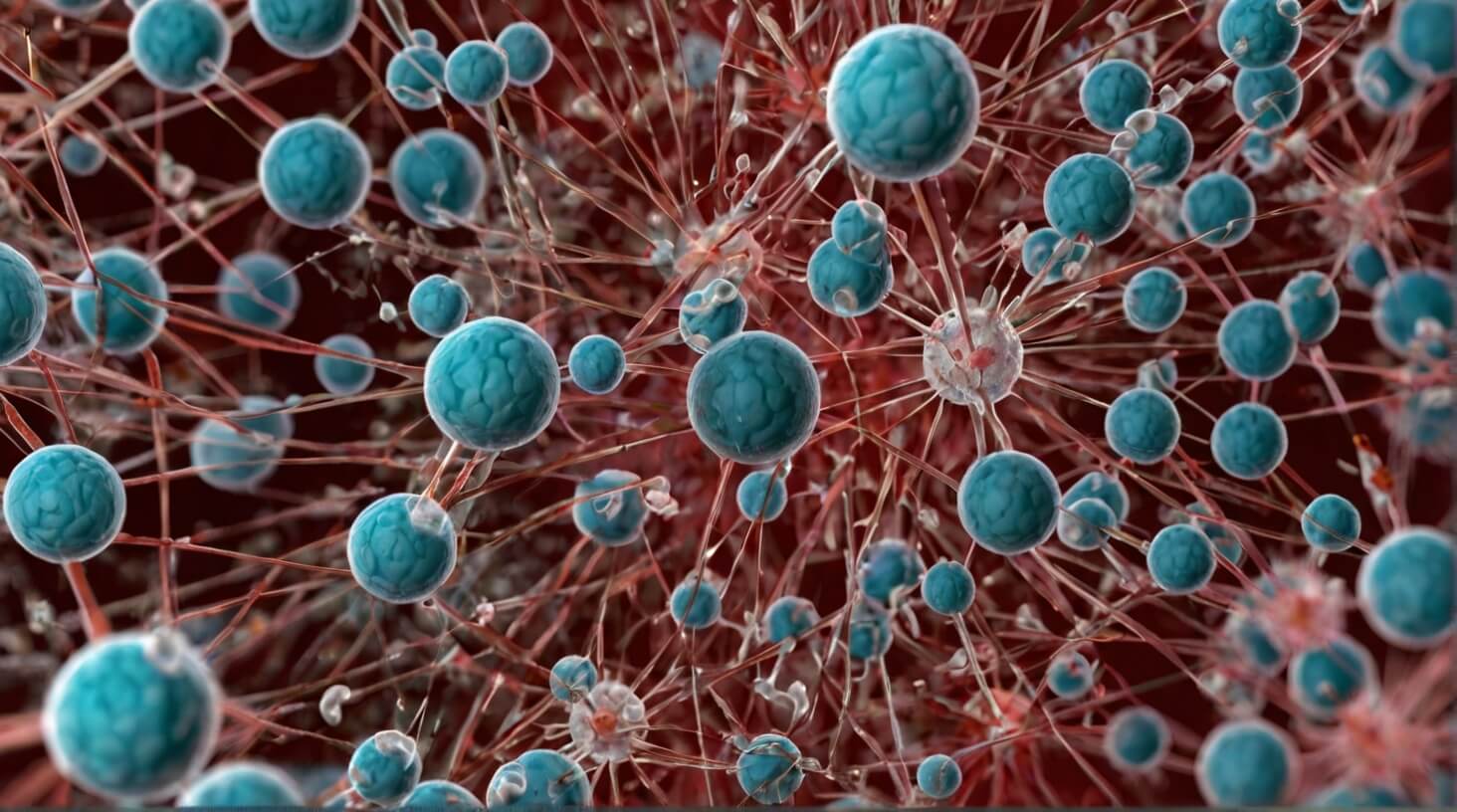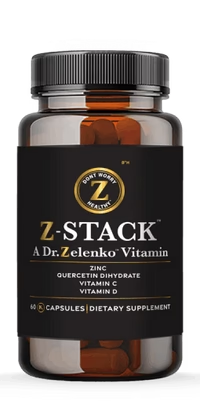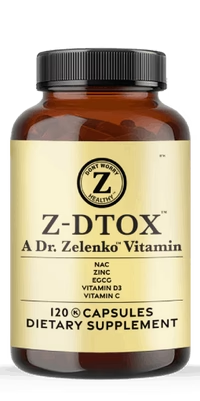Every year, viral infections account for millions of deaths worldwide, a stark reminder of the relentless battle between humans and pathogens. You’re on the front lines of this fight, whether you’re aware of it or not, and the tools at your disposal are becoming more sophisticated by the day. From the traditional vaccines that have eradicated diseases like smallpox to the cutting-edge CRISPR technologies repurposed to target viral genomes, you’re equipped with an arsenal of antiviral techniques. But as you’ll soon discover, this is just the tip of the iceberg. The interplay between viral evolution and our own defensive strategies is a dynamic and ongoing dance, and staying one step ahead requires not just understanding current methods, but also anticipating tomorrow’s innovations. So, what’s next in the world of antiviral defense, and how can you ensure you’re prepared for the viruses lurking around the corner?
Key Takeaways
- Traditional vaccination strategies and antiviral prescription medications utilize weakened or inactivated viruses, introduce antigenic components, engage the immune system, and produce antibodies and memory cells for long-term protection.
- Immune system boosters and experimental gene therapies harness the immune response, induce expression of antiviral genes, activate immune cells, and trigger synthesis of inflammatory cytokines.
- Future innovations in antiviral defense include advancements in CRISPR technologies, development of broad-spectrum antivirals, exploration of nanotechnology, and utilization of artificial intelligence and machine learning.
- Gene editing technologies like CRISPR/Cas9 enable precise alterations to the genome, while nanotechnology interferes with viral replication at the molecular level.
Traditional Vaccination Strategies
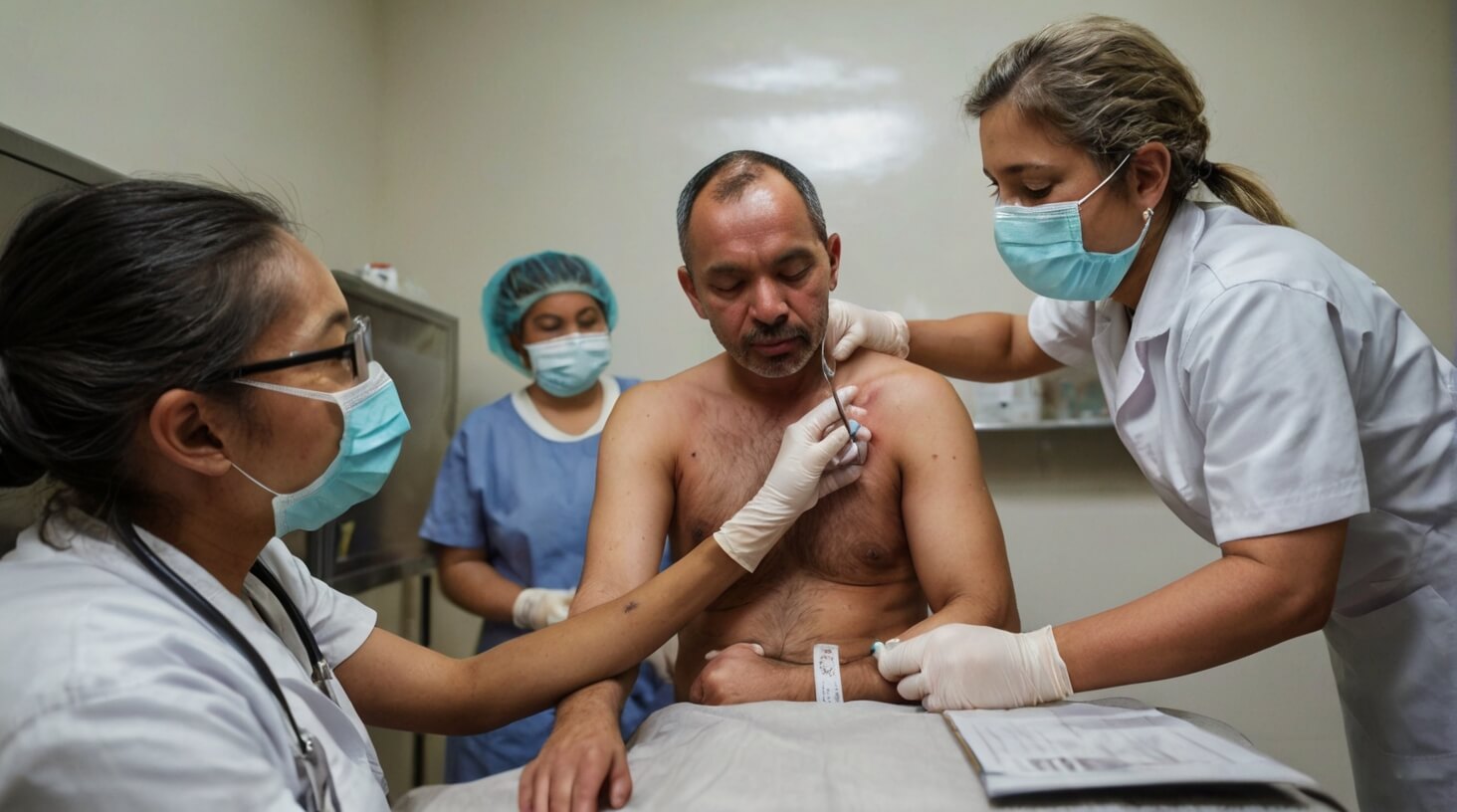
Delving into traditional vaccination strategies, one finds that they primarily utilize weakened or inactivated viruses to prime the immune system against future encounters with the actual pathogens. This method strategically introduces an antigenic component, either in the form of attenuated viral particles or viral proteins, to orchestrate a preemptive strike. You’re engaging the innate and adaptive branches of the immune system, thereby reinforcing the body’s antiviral defenses.
When you administer a vaccine, it presents specific viral proteins to the host. This encounter elicits an immune response without the risk of a full-blown viral infection. The adaptive immune system, with its B and T cells, responds by producing antibodies and memory cells. These memory cells are pivotal; they provide long-term protection, offering you a swift and potent response upon subsequent exposure to the virus.
Moreover, vaccines can also contain viral genetic material designed to be expressed within host cells, thereby mimicking the natural process of viral protein synthesis. This strategy further refines the host antiviral response. The immune system’s induction of type I interferon, a critical component of antiviral defenses, ensues. This cytokine plays a dual role: it directly inhibits viral replication and modulates the immune responses, enhancing their efficacy.
Traditional vaccination strategies have been instrumental in curtailing the spread and mitigating the impact of many viral diseases. They leverage the body’s ability to remember and neutralize pathogens effectively. As someone dedicated to serving others, understanding and utilizing these vaccination strategies are essential in safeguarding public health and fostering resilience against viral threats.
Antiviral Prescription Medications
Targeting the viral life cycle, antiviral prescription medications play a crucial role in managing and curtailing infections by impeding viral replication within the human body. These potent agents are engineered to thwart viruses at various stages of their life cycle, from entry into host cells to the final release of progeny virions. You’ll find that antivirals serve as an indispensable tool, particularly for those with compromised immune systems.
Antiviral medications possess distinct mechanisms of action. Some prevent viruses from fusing with host cells, effectively blocking entry. Others integrate into viral genetic material, creating errors during replication that halt the production of functional viral particles. Moreover, certain antivirals function by inhibiting virus replication enzymes, such as the protein responsible for copying viral RNA or DNA, thereby reducing the virus’s ability to multiply and spread.
For viral infections like influenza, herpes, HIV/AIDS, and hepatitis, the utilization of antiviral prescription medications is a standard of care. The antiviral activity of these medications can dramatically reduce the severity and duration of symptoms, and, in chronic infections such as HIV, can maintain the virus at undetectable levels, preserving immune function.
It’s imperative that you adhere to the prescribed regimen, as misuse or non-compliance can lead to reduced efficacy or the development of drug-resistant viral strains. Careful monitoring by healthcare professionals ensures that side effects are managed and that antiviral activity is optimized.
Immune System Boosters

Harnessing the body’s immune response, immune system boosters like interferons play a pivotal role in fortifying antiviral defenses by inducing a wide array of antiviral genes. Type I IFN, a class of potent immune modulators, induces the expression of hundreds of antiviral genes that establish an antiviral state, impeding virus replication at several junctures. This process is integral to innate immune responses, which serve as the first line of defense against pathogens.
Your understanding of the intricate mechanisms that govern these antiviral pathways is critical for controlling virus replication and pathogenesis. Interferons, by triggering these pathways, bolster immune defenses and orchestrate the activation of immune cells poised to respond to virus infection. Furthermore, IFN production is a key aspect of innate immunity, eliciting the synthesis of inflammatory cytokines that can limit viral spread.
In the context of plant biology, you can harness RNA interference (RNAi) to induce antiviral responses. As a sophisticated defense mechanism, RNAi can be exploited to confer virus resistance in plants, aiding in the broader effort to mitigate agricultural losses due to viral pathogens.
Moreover, by leveraging innate antiviral defense mechanisms present in body fluids, tissues, and cell cultures, you can enhance strategies for preventing and treating viral infections. Through these methods, you can contribute to the development of novel antiviral agents that synergize with the body’s natural defense mechanisms.
Experimental Gene Therapies
As you explore the realm of experimental gene therapies, it’s crucial to understand that these interventions involve meticulously introducing, modifying, or silencing genes to combat or prevent a myriad of diseases. These cutting-edge techniques have the potential to revolutionize medicine by correcting genetic mutations and enhancing the body’s innate antiviral defenses.
In the context of antiviral strategies, one key focus is on genes that encode proteins central to the body’s immune response. By manipulating the DNA or RNA that dictates gene expression, scientists aim to bolster the production of proteins fundamental to the IFN pathway, an essential component of the immune system’s ability to fight viral infections. This involves the careful design of gene therapies to enhance or restore the function of sensor molecules and adapter proteins, which are integral to pattern recognition and the subsequent immune reaction to viral pathogens.
Gene editing technologies, such as CRISPR/Cas9, allow for precise alterations to the genome, enabling the disruption of viral DNA or RNA within host cells. Through gene replacement therapy, defective genes can be substituted with functional ones, thereby correcting underlying genetic conditions that may compromise antiviral defenses. Gene silencing methods aim to downregulate or halt the expression of genes that viruses exploit to replicate.
As you strive to serve those in need, remember that the success of these experimental gene therapies is contingent upon continuous research and optimization. The challenges of delivery methods, safety, and efficacy must be addressed to ensure that these promising treatments can fulfill their potential in enhancing human health and combating viral diseases.
Nanotechnology in Viral Inhibition
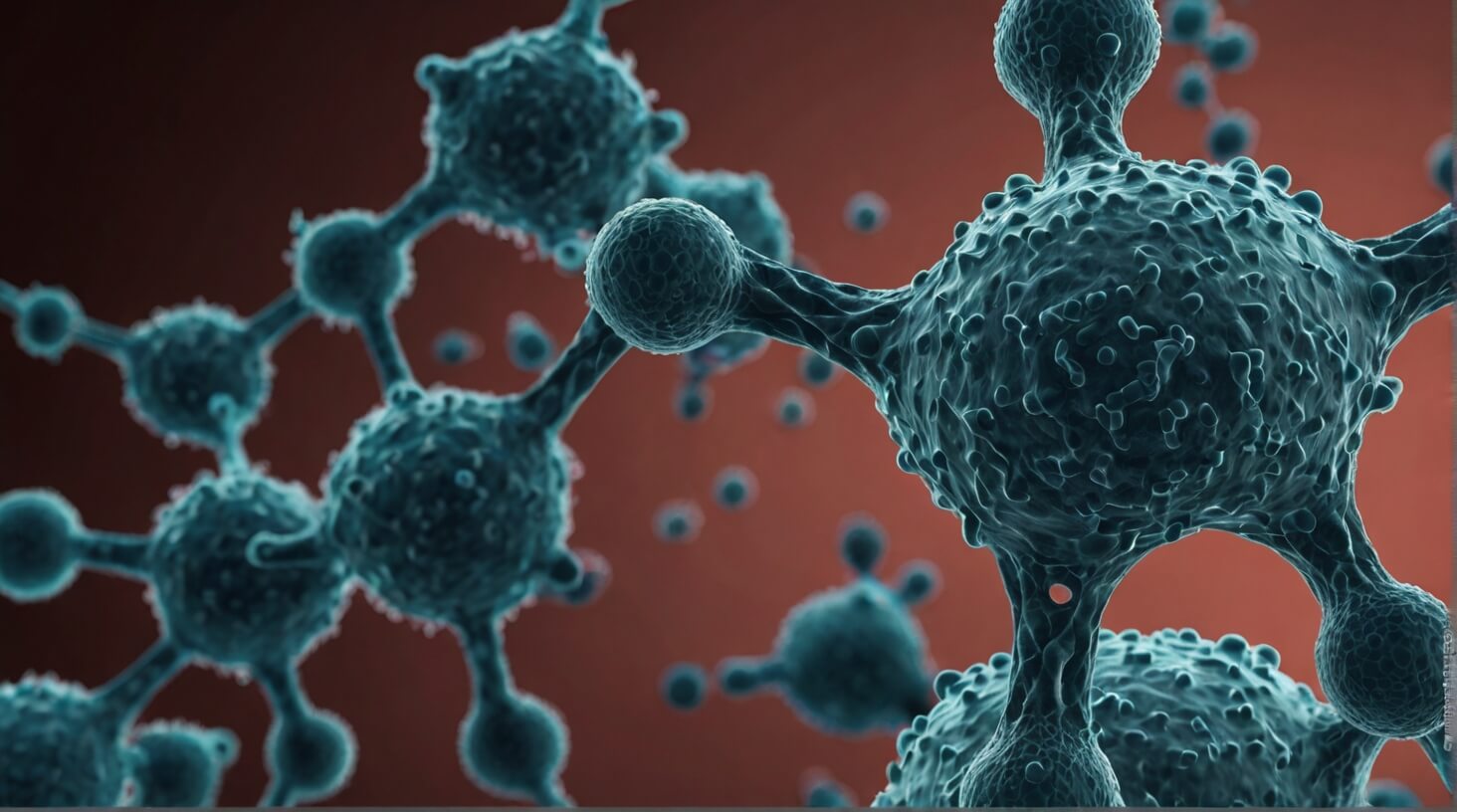
Delving into the world of nanotechnology reveals its potent role in viral inhibition, where nanoparticles are meticulously engineered to interfere with viral replication at the molecular level. You’re tasked with harnessing these tiny warriors to thwart virus infections, leveraging their ability to block the viral evasion of host defenses. By attaching to the viral genome or the viral nucleic acids, nanoparticles can prevent the virus from exploiting the host cell machinery.
Nanoparticles, with their large surface-to-volume ratio, are ideal for interacting with the virus’s cell membrane, offering a way to halt viral entry and evade host immune responses. Your role involves designing nanoparticles to maximize antiviral effects, ensuring that these particles can effectively navigate the complex cellular environment to reach their targets.
Here’s a technical breakdown to help you visualize the mechanisms:
| Nanoparticle Function | Impact on Viral Activity |
|---|---|
| Targeting viral envelope | Prevents virus from attaching to host cells |
| Disrupting viral genome | Inhibits replication within host cells |
| Binding viral nucleic acids | Blocks transcription and translation of viral proteins |
| Mimicking host molecules | Confuses virus, leading to failed infection attempts |
Through analytical precision, you’re developing nanoparticles that go beyond mere interference; they’re designed to mimic molecules involved in the normal function of a cell, causing confusion in viral processes and promoting antiviral innate responses.
Natural Antiviral Compounds
While nanoparticles offer a synthetic pathway to viral inhibition, natural antiviral compounds present in body fluids and various tissues also play a crucial role in obstructing viral replication and spread. These compounds form part of the innate defenses, representing the first line of the host immune system’s response to pathogenic invasions. In your role dedicated to serving others, understanding these mechanisms provides a foundation for developing therapeutic strategies.
Body fluids, such as urine and serum, contain cellular antiviral substances that interfere with viral life cycles. Crustacean tissues and the nervous system exemplify innate antiviral inhibitors, suggesting a diverse array of biological sources for potential therapeutic exploitation. In cell cultures, these inhibitors delay virus multiplication, serving as models for elucidating innate antiviral defenses.
Harnessing these defenses involves dissecting molecular mechanisms underlying the recognition of viral components. For RNA viruses, this recognition typically triggers a cascade leading to the production of interferons (IFNs), proteins that inhibit viral RNA synthesis and degrade viral RNA. Similarly, for DNA viruses, innate immune mechanisms activate enzymes that target viral DNA.
Continued research into these natural compounds not only elucidates the molecular mechanisms of action but also offers insights into how proteins inhibit viral processes. By studying such substances and the role they play in innate defenses, you contribute to the collective effort to prevent and treat viral infections. This knowledge is paramount for public health advancements and the creation of novel antiviral agents. Remember, the innate host immune response, with its cellular antiviral components, is a testament to the body’s remarkable ability to counteract viral threats.
Digital Disease Surveillance Systems
Digital Disease Surveillance Systems harness cutting-edge technology to meticulously track and analyze disease progression in populations, providing critical insights for public health interventions. These systems serve as a cornerstone in the detection and monitoring of viral infections, leveraging real-time data assimilation from diverse sources, including health records, internet search patterns, and social media activity. By integrating this vast array of information, you can identify disease hotspots, evaluate the severity of viral outbreaks, and predict future spread with enhanced precision.
The innate human desire to contain and mitigate the impact of viruses on communities drives the evolution of these surveillance systems. Advanced algorithms and machine learning techniques refine the process, enabling you to discern subtle trends and anomalies that could signal the emergence or escalation of an infection. This analytical prowess is pivotal in formulating swift and effective responses to viral threats.
Moreover, these digital platforms play a critical role in understanding the strategies viruses employ to evade detection and counteract innate immune responses. By analyzing the data collected, you can anticipate the virus’ moves, adapt your strategies, and reduce the potential impact on human health.
As you integrate digital disease surveillance systems into public health strategies, it’s essential to recognize their potential in bolstering preparedness and response against infectious diseases. Your commitment to utilizing these tools can significantly amplify the efficacy of interventions, tailoring them to the needs of affected populations and ultimately serving the greater good by curbing the spread of infections.

